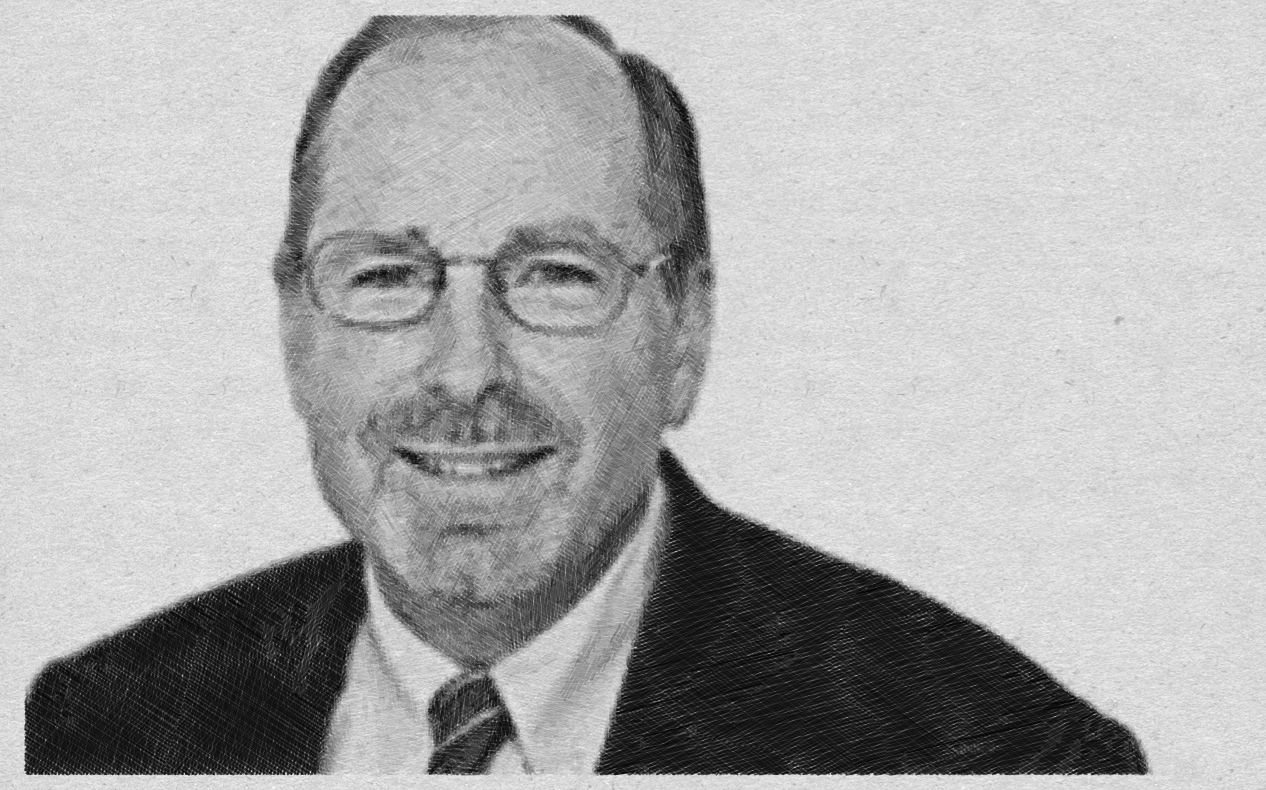by William Smead, Smead Capital Management
 Financial innovation in the investment business is, in our opinion, sometimes just smoke and mirrors. The recent movie The Incredible Burt Wonderstone illuminates what this smoke and mirror façade can produce. The movie portrays two magicians who have a long-running show on the Las Vegas Strip. One act of their show is much like the game of Hangman. Burt Wonderstone (played by Steve Carell) presents the trick to the audience while his side kick Anton (played by Steve Buscemi) walks up the top of the platform and prepares to put his head inside the noose. Both entertainers put cloaks on to mask their body and head. The noose is tightened for the hangman. The trapdoor of the hangman drops. Seconds later, the head covers are pulled and magically the entertainers have deceivingly traded places without the audience knowing. How magical!
Financial innovation in the investment business is, in our opinion, sometimes just smoke and mirrors. The recent movie The Incredible Burt Wonderstone illuminates what this smoke and mirror façade can produce. The movie portrays two magicians who have a long-running show on the Las Vegas Strip. One act of their show is much like the game of Hangman. Burt Wonderstone (played by Steve Carell) presents the trick to the audience while his side kick Anton (played by Steve Buscemi) walks up the top of the platform and prepares to put his head inside the noose. Both entertainers put cloaks on to mask their body and head. The noose is tightened for the hangman. The trapdoor of the hangman drops. Seconds later, the head covers are pulled and magically the entertainers have deceivingly traded places without the audience knowing. How magical!
We at Smead Capital Management would like to lay out the case for how the investment business has created a false reality around ETF investing. We contend that while ETF investors believe they have traded places with active portfolio managers (stock pickers) and put the noose around the stock pickers’ necks, they are really no different than prior generations who used other perceived “foolproof” vehicles.
In a recent study from one of the primary proprietors of passive funds and ETFs, Vanguard Group surveyed the activity of these investment vehicles among their clients. Vanguard looked at nearly 400,000 retail accounts from 2007 to 2011 as the sample for their study. They found that the frequency of trading in ETFs is far higher than in mutual fund vehicles. Market commentator Mark Hulbert picked up on this symptom in a recent Wall Street Journal piece titled “Do ETFs Turn Investors Into Market Timers?” Hulbert notes:
The individuals owning ETFs were more than twice as likely to fall outside the “buy and hold” category than those who owned open-end share classes—39% versus 19%. Investors were excluded from the buy-and-hold category if they reversed their fund investments—buying after previously selling, or vice versa—more than two times in a given 12-month period, or completely liquidated their position during the period covered by the study.
A long time stock broker once told me, stocks are like a bar of soap; the more you rub it, the less it becomes. In other words, frictional costs ruin the long-term returns of investors. ETF investors are no virgin to this, nor is ETF investing a panacea, in our opinion.

Purveyors of ETFs use marketing phrases like “Get more control over your investments while enjoying the same benefits as mutual funds” or “responsible innovation.” We are not questioning that investors can “get more control over their investments.” Our question is, should they want to? Also, we believe investors that use ETFs are in no way receiving the “same benefits of mutual funds” because, for many, the return is reduced by the activity. In other words, the size of the soap is reduced by the rubbing. We don’t believe this is “responsible” by any means.
So what is the opportunity for ETF investors? Warren Buffett laid out in his 2013 Berkshire Hathaway letter to shareholders what a responsible investor could be doing with ETF investments. The investment plan that Warren Buffett has put together for his wife will be 10% allocation to short-term government bonds and 90% allocation to a very-low cost S&P 500 Index Fund. He went as far as suggesting Vanguard. The trustee that will oversee this account could easily use an ETF to execute this asset allocation. His wife will greatly benefit from the lower costs of this vehicle as she sits on it for the following years of life. This my friends, we believe, would be the ETFs finest moment as it would also be for a given mutual fund.
We think there are some anomalies of which to take note in order to protect certain investors. Interestingly enough, the 2012 Vanguard study explained who the typical ETF investor was likely to be: “Relative to the mutual fund population, the ETF population has a higher proportion of older, male investors who frequently log onto Vanguard’s website to check their balances.” In effect, the study brought to light that the ETF investor using the vehicle to trade was more likely to be a male over the age of 60. One might say that ETF investments are “No Country for Old Men.”
We believe the ETF investing problem is identical to the mutual fund problem: the humans involved. Hulbert’s piece went on to note a 2013 study that shows the pain of the investors created by the increased activity via ETF investments. It is noted in the chart to the left. One year after a sale of an ETF, the stock market rises 10% on average. One year after a purchase, the stock market falls about 2% on average.
To demonstrate this pain in the mutual fund world, we can go to DALBAR’s study of the long-term difference between mutual fund performance and returns attained by investors in those same funds. Their most recent study showed that investors gave up 4% of the average annual gain by pouring money in at high points in the stock market and selling out at low points.
Friends, this is not the first time that investors have believed an investment vehicle or product is innovative, like some would with ETFs today. The greatest problem to the 1987 crash was a product called portfolio insurance. The Motley Fool published an article highlighting the use of portfolio insurance in 1997 for a 10-year look back of the event.
The concept of portfolio insurance, indeed the name itself, reflects the ardent wishes of its creators for a utopian investment vehicle capable of minimizing the pain of investment loss. The idea was simple, all one would have to do was pay something akin to an insurance “premium,” and investment downside could be forever limited. Unfortunately, as so often occurs in the realm of human affairs, reality served an unwilling partner.
This once highly thought of investment vehicle helped produce a 22.61% decline in the Dow Jones Industrial Average that took the index from 2246 to 1738.74 in one day. Arguably, this decline demonstrably took portfolio insurance’s bloom off of the rose. We in no way believe that ETFs will produce a precipitous decline in the near-term. We do believe the long-term effects of investors using ETFs like they have exhibited could be more damaging to portfolio results, much like the activity with the proverbial bar of soap.
To bring it back to the movie The Incredible Burt Wonderstone. Burt Wonderstone and his sidekick Anton decide to split ways and no longer perform their Hangman act together. Burt Wonderstone defiantly decides the show must go on. In one scene of the movie, he performs the Hangman act with no assistance or sidekick. The results were ugly because the audience could see what he was doing during the entire act, instead of having his friends hold up the smoke and mirrors. What we know ETFs to be is nothing of magic, but a more challenging test of patience for the follies of human behavior. We believe these behaviors are just as present in the active management community with whom we compete. As long as human error is working for us, we feel there is immense opportunity to execute our long-duration discipline.
Warm Regards,
Cole Smead, CFA
The information contained in this missive represents SCM’s opinions, and should not be construed as personalized or individualized investment advice. Past performance is no guarantee of future results. Cole Smead, the Managing Director, wrote this article. It should not be assumed that investing in any securities mentioned above will or will not be profitable. A list of all recommendations made by Smead Capital Management within the past twelve month period is available upon request.
This Missive and others are available at smeadcap.com
Copyright © Smead Capital Management















